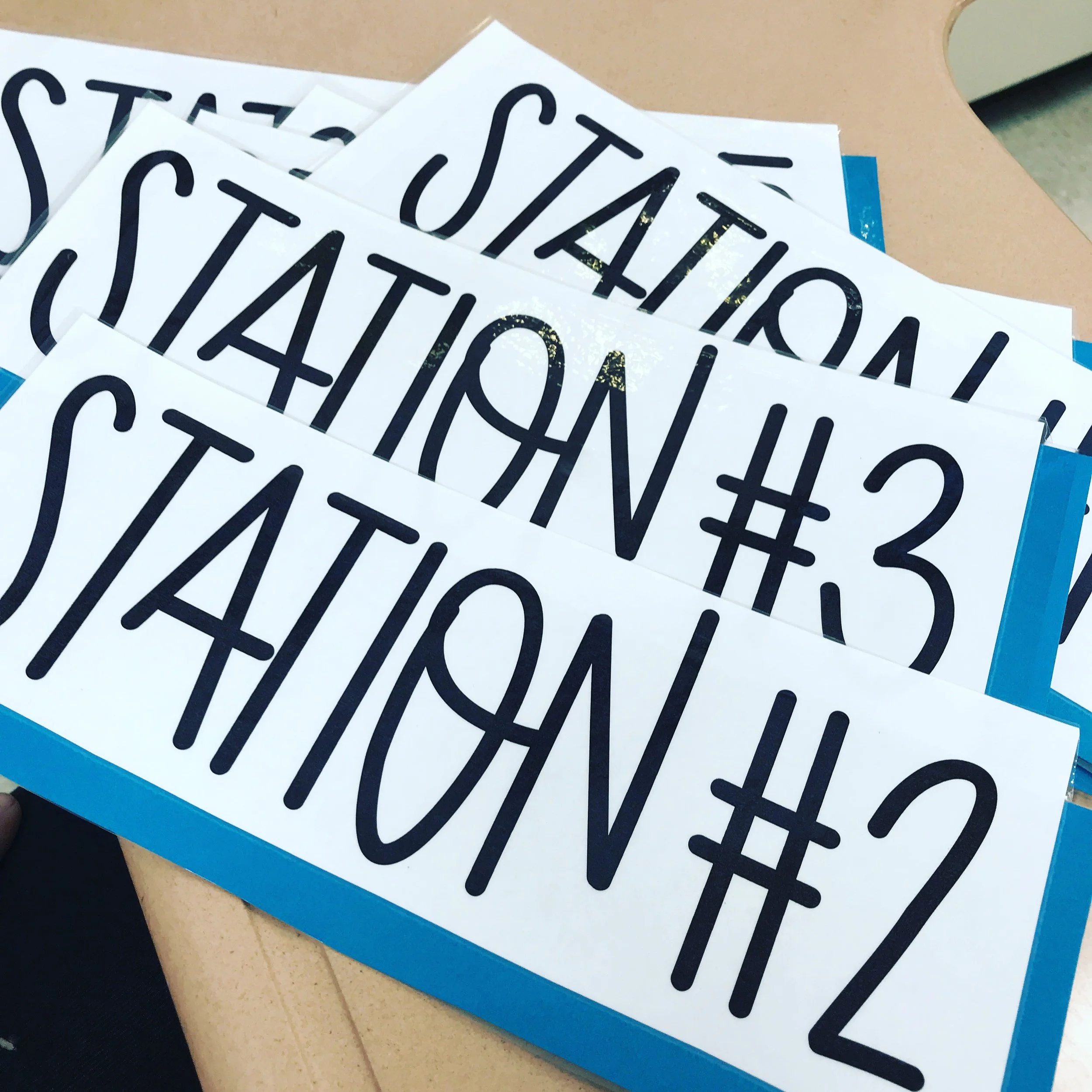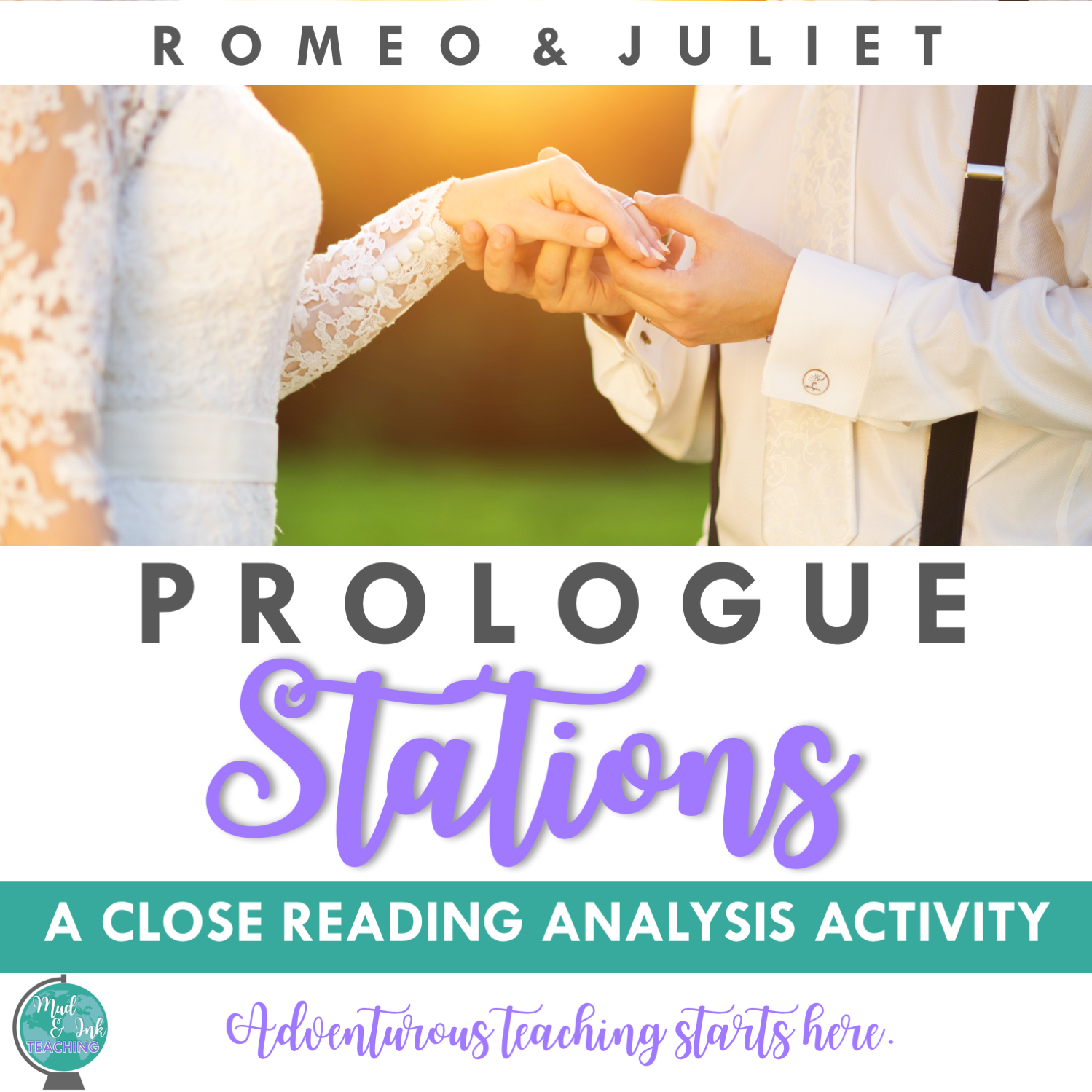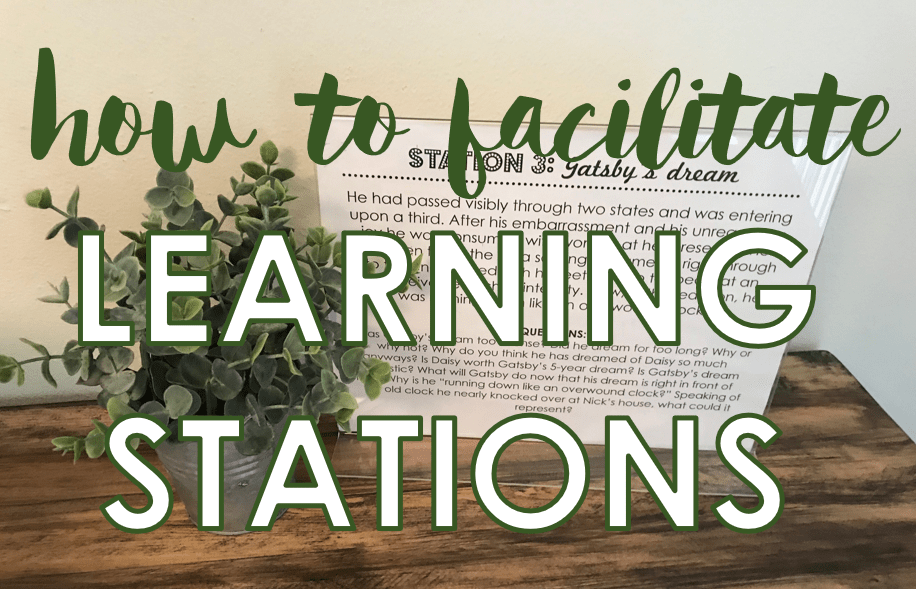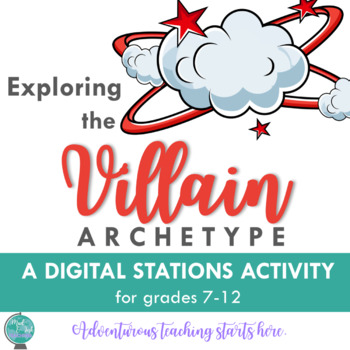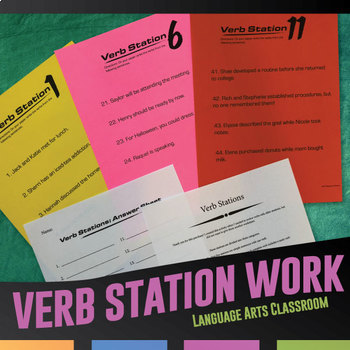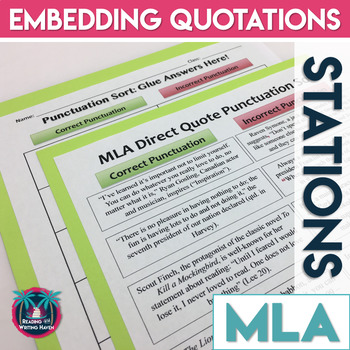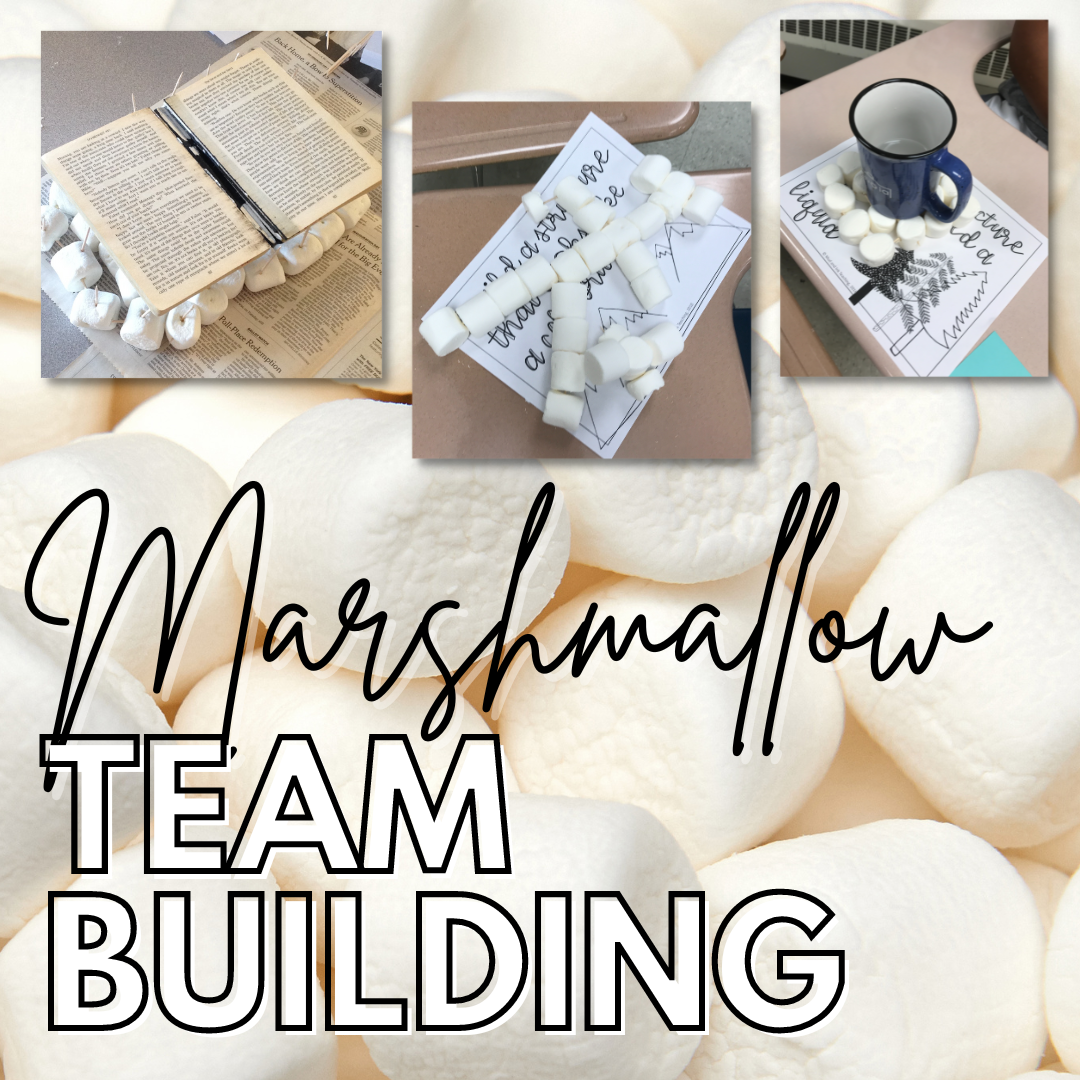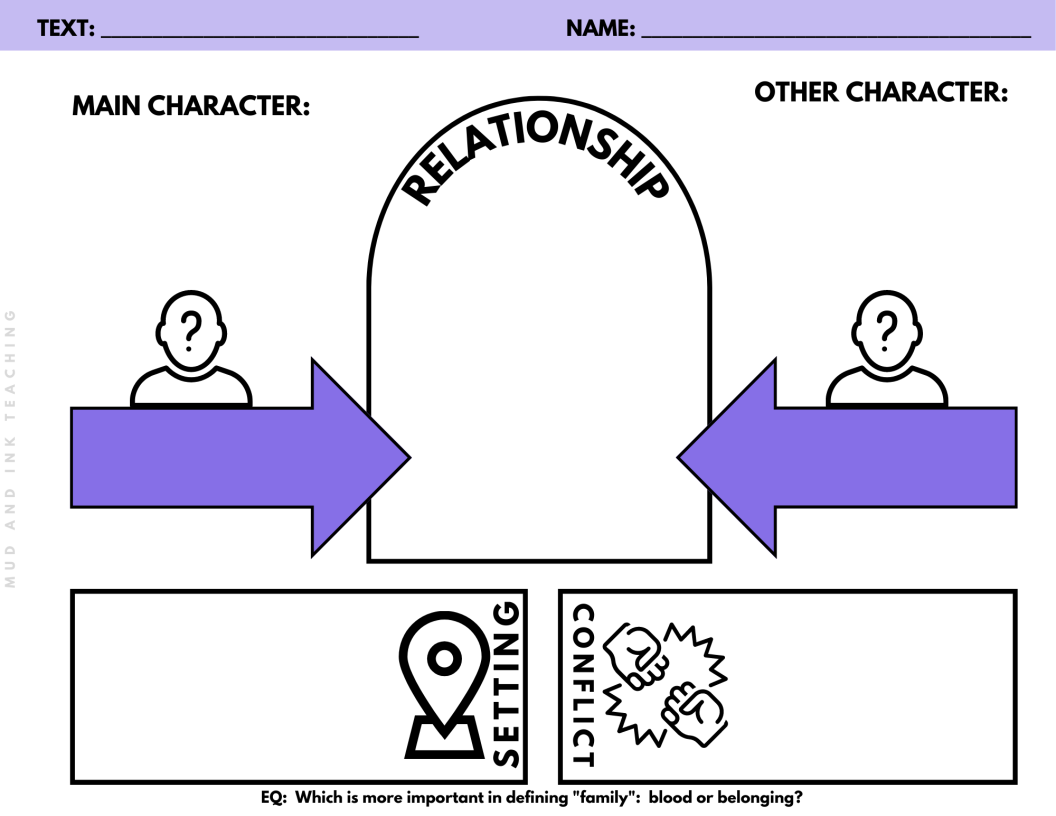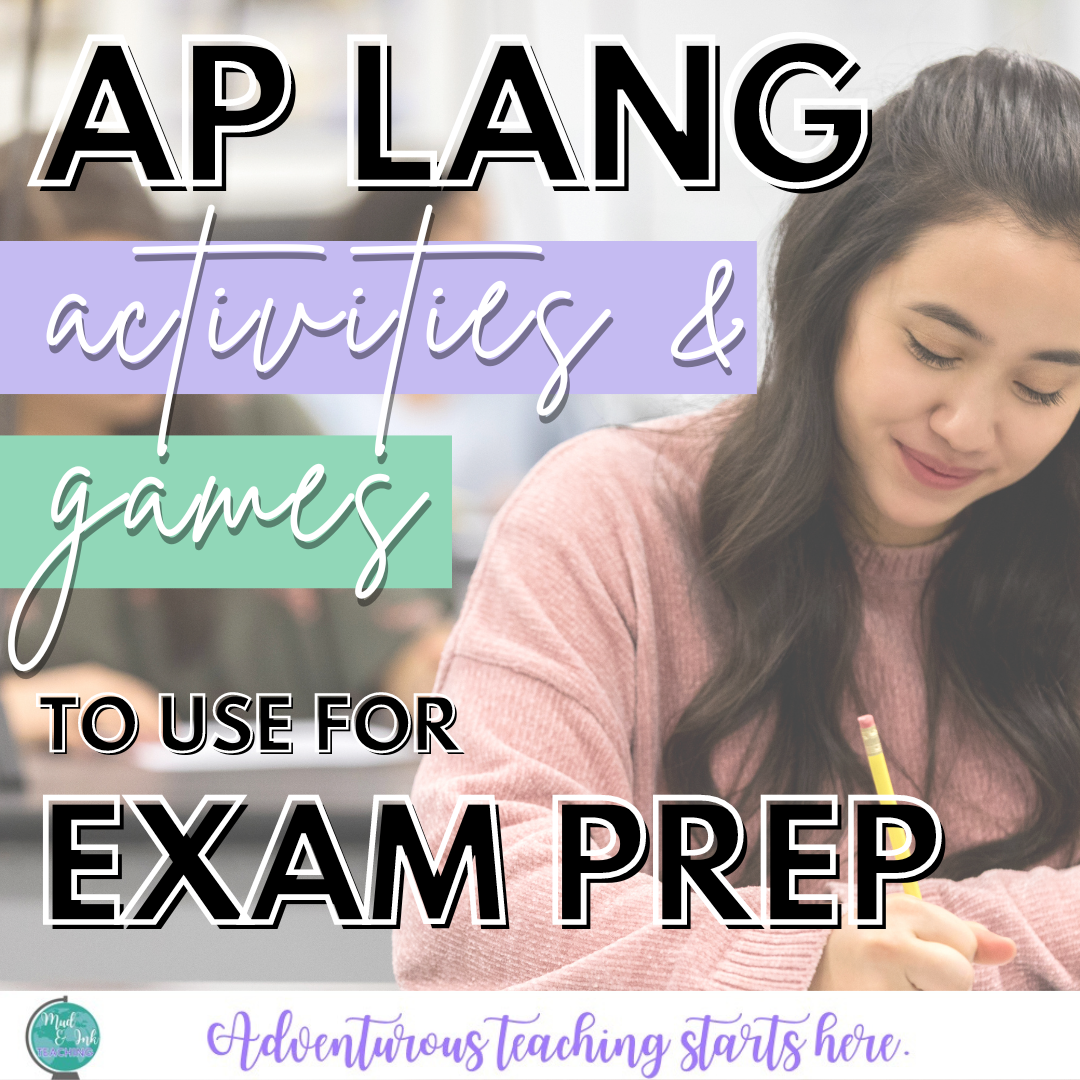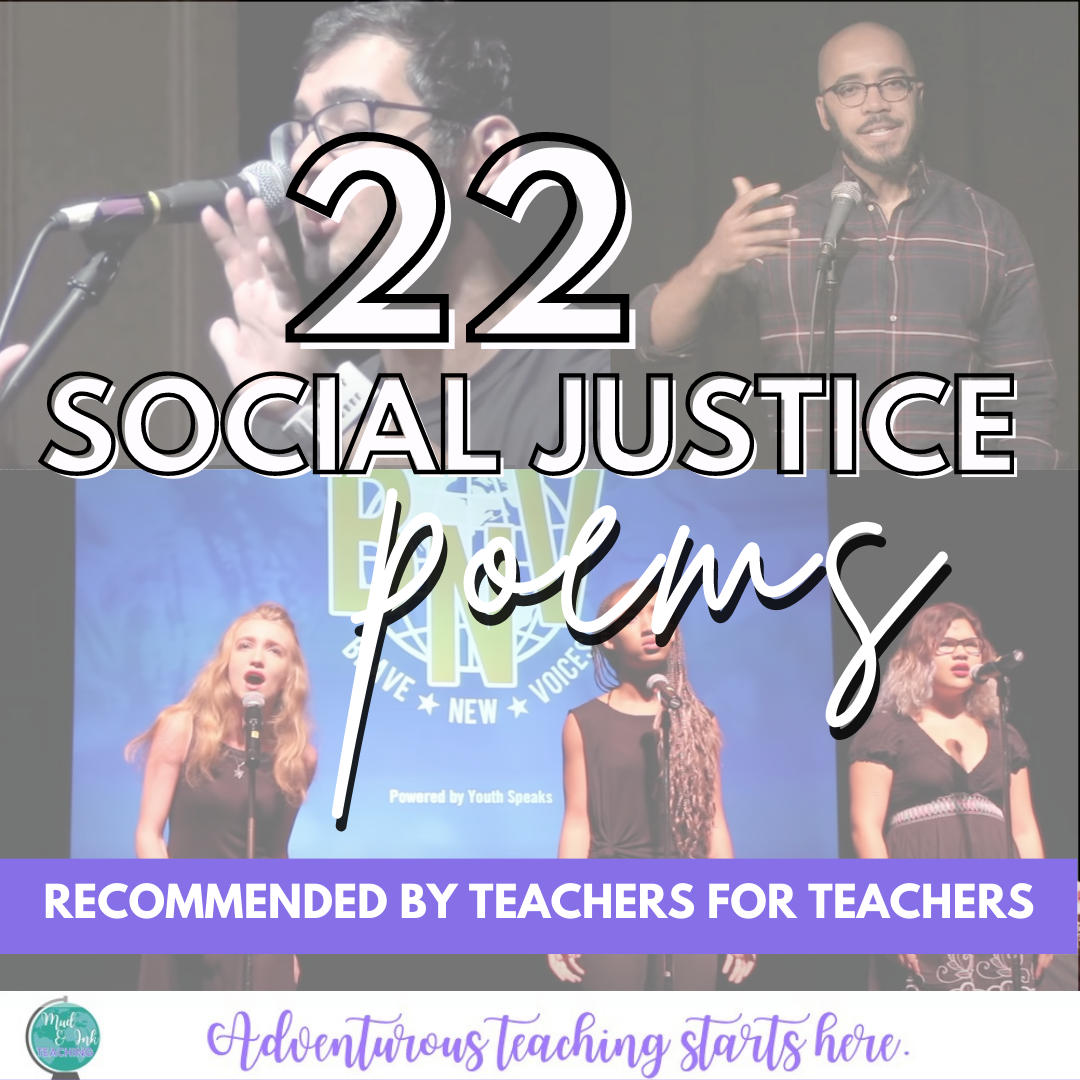6 Ways to get Started with Stations
GETTING STARTED WITH STATIONS IN YOUR ELA CLASSROOM
When I first started teaching, I remember trying so many different ideas all the time in my classroom. It was exhausting running a new small group scenario or differentiation strategy several times per week, and over my many years of teaching, I’ve come to master a handful of strategies that are versatile and work EVERY time (at least NOW they do!). For me, learning stations are the way to go. I’d say at least once a week, I have my students engaging with content through a learning stations setup and I love it.
I rounded up some of my favorite learning station resources and talked to a few of my favorite ELA teacher friends to help you get started and inspired in your own classrooms - take a look at all of these goodies!
Permanent Station Signs
I use stations so much that I found a quick and easy way to make sure that they’re always ready for implementation - low prep and quick organization! Pick out a cute font, make signs for your stations (I usually use about 5-6), back your signs on card stock, and laminate! I hung these signs in my room where I usually tend to send students. Now, my kids know where to go every time I launch a stations activity.
2. Peer Review Stations - Interactive Bulletin Board
Have you guys met Ashley from Building Book Love? She’s not only a talented teacher, but a dear friend. I had to ask her about her peer review stations and here’s what she had to say:
“I love stations, but they can take a while to set up. That’s why I use the same set of peer review stations every time we do an essay. These work to improve essays before they get to me and allows me to give one-on-one feedback to each student before his or her final essay is due.
3. Annotation Stations
When I introduce the Prologue for Romeo and Juliet, instead of having students annotate as a whole class, I send them to stations! At each of the stations, the students close read and examine one specific purpose of the prologue in one highlighter color (i.e. pink highlighting for all of the sonnet features). Then, when the students rotate to the next station, they change highlighter colors and change annotation focus. By the time we come back together as a whole class, every student has had the chance to think, discuss, read (and reread) the prologue multiple times. We have a rich discussion involving everyone, not just the kids who always raise their hands first.
4. MLA Research Stations
My friend Melissa at Reading and Writing Haven loves learning stations, too! Here’s what she recommends trying in your classroom:
Research shows that direct instruction, when used appropriately for the age group, has great benefits. Still, when I’m teaching a complex topic, students need a lot more practice and exposure than they can get through a short lecture or a worksheet. Some concepts lend themselves really well to learning station approaches because they are multi-faceted, and they need to be studied from various angles. One of my favorite learning station lessons is for MLA research skills. I give students various scenarios, and we look at in-text citations as well as embedding quotes in essays in ways that move them from a basic level to deeper understanding. It’s interactive, and students love it!
5. Grammar Stations
My friend Lauralee at Language Arts Classroom is a grammar guru - no joke. Here’s how she incorporates stations into her grammar lessons:
“Learning stations provide huge benefits for grammar lessons. Teachers can see individual struggles and clarify misunderstandings as they rotate through stations. Check out grammar stations and other alternatives to the grammar worksheet and see an example here!”
6. Advice from The Stations Queen: Write On with Miss G!
If a crown for Stations Queen was in existence, I think all of Instagram would hand it over to Miss G! Abby has been using stations to replace all kinds of old school teaching practices, and when I asked her why she loves stations so much, here’s what she had to say:
“Stations are a staple in my high school ELA curriculum, but I especially love using them during novel units. I’ve ditched my old pre-reading PowerPoints in favor of stations to introduce literary movements/historical context for all of the literature we read. Stations are also perfect for avoiding the dreaded packets of chapter questions and breaking up the monotony that can sneak up during novel units if you’re not careful. You can even use end-of-novel learning stations to wrap up key discussions on symbolism, character development, theme, author’s purpose, and more.
Lucky for you, I have a series of posts all about learning stations, so feel free to check out my blog for even more tips and tricks:
10 reasons to implement learning stations in the secondary classroom
How to facilitate successful learning stations in the secondary classroom
If you are ready to get started with using stations in your ELA classroom, check out Miss G's learning stations for ANY text! These standards-aligned learning stations are engaging way to wrap up any novel unit and challenge your students to collaborate and critically think while practicing literary analysis skills.
